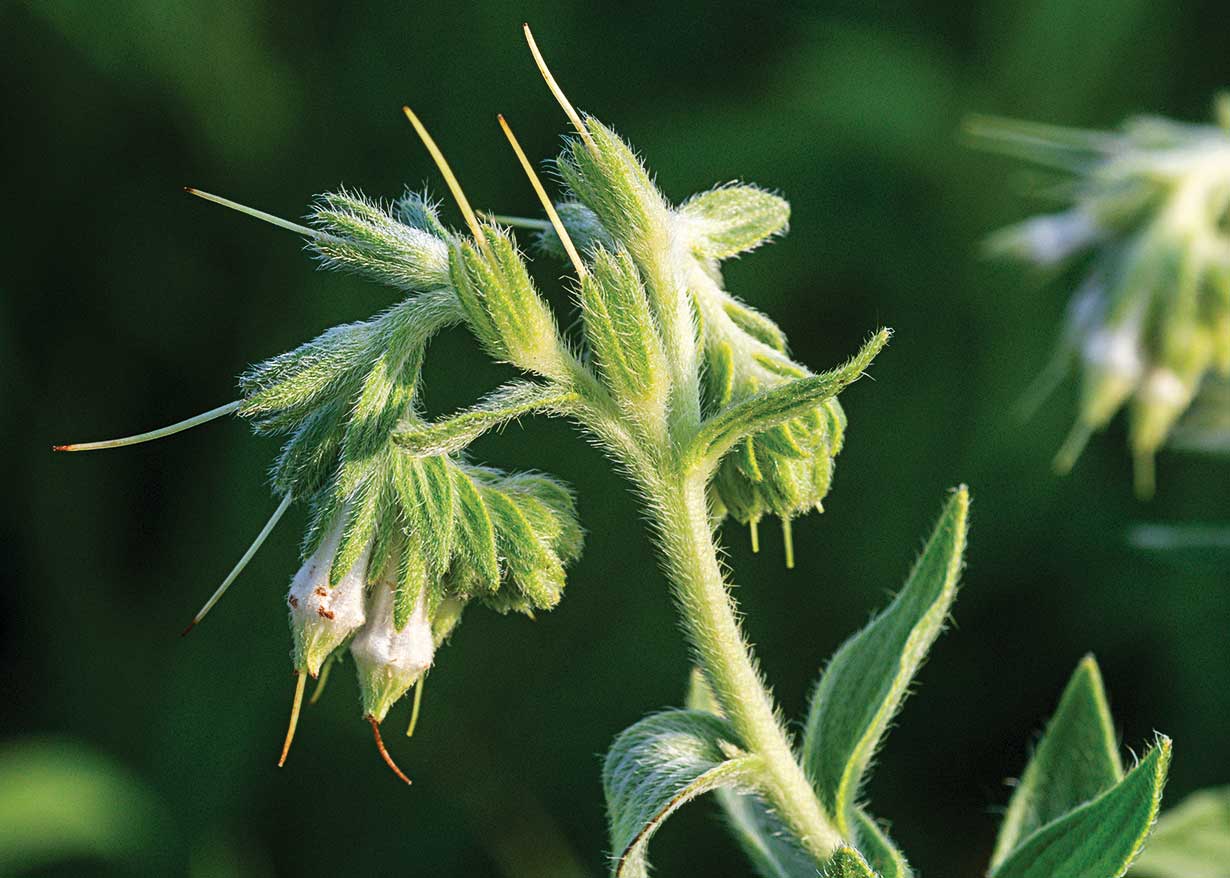
By Gerry Steinauer, Botanist
When appearing as a guest on podcasts or radio shows, I am often asked, “What is your favorite plant?” I suppose the interviewer thinks this is a great icebreaker and that I will have a pat answer. I don’t, however, and there’s always an uncomfortable pause as I ponder.
The problem is that I don’t have a favorite plant. Nebraska has more than 1,500 native plants. How would I pick just one? Furthermore, as a botanist, I find the question somewhat socially inappropriate, like asking a parent, “Which is your favorite child?”
Being polite, I eventually provide the interviewer with the answer they seek, saying that my favorite plant is a beautiful orchid or one of our state’s few threatened or endangered plants, allowing them to relax. Then comes the standard follow-up question: “Why is it your favorite plant?” And the lies continue. “Oh, it is so stunning, so rare, so … whatever.”
Ok, I’m exaggerating a bit.
One reason I admire this plant is its folksy name, marbleseed, which accurately describes its roundish, hard seeds. I can imagine dusty, barefooted kids branding it with this name as they played with handfuls of its seeds in the prairie outback behind their sod house. The plant’s other common name is false gromwell which, by comparison, I find rather boring.
Also admirable, marbleseed is an extremely hardy plant. It grows in upland prairies throughout the state, excluding the Sandhills and southern Panhandle, but thrives in very dry, gravelly or rocky hilltop prairies where only the tough survive. In addition, its coarse, hairy leaves make it unappealing to grazing livestock, allowing it to flourish in overgrazed pastures where most other wildflowers succumb to the constant nipping of hungry mouths.
Then there’s the plant’s elusive beauty, starting with its leaves, which are rigid, have prominent veins and are covered in dense, bristly hairs, giving them a distinct texture and strong lines. I find the leaves to be the most photogenic of our native plants, especially when covered with dew early on a summer morning.
Another artistic aspect of marbleseed is its overall form. Arising from a stout, woody root, it often grows as stiff, multi-stemmed clumps reaching 3 feet tall. In hard-grazed pastures, these clumps stand out like sculptures ascending above the short grass, unbending to strong prairie winds, as if placed there by a wandering artist.
Finally, consider the flowering heads that emerge in June as dense clumps that gradually unfold into agile arches resembling a scorpion’s tail. The individual flowers consist of five hairy, greenish, sharp-pointed sepals surrounding five whitish-green petals fused into a tube. Protruding from this tube is a long stinger-like style that persists well after the petals have fallen. Styles are the stalks on which the pollen-collecting stigma sits.
While the flowers are rather drab, I view the spiraled flower heads, with their arrangement of sharp sepals, tubular petals and projecting spiky styles, as abstract floral art, as if nature used geometry, rather than colorful, showy petals, to create beauty. Nature is strange that way.
After heaping all this praise on marbleseed, I might have convinced myself it’s my favorite plant. But honestly, I admire all the native plants that grace Nebraska’s landscapes — even the ones with boring names.
